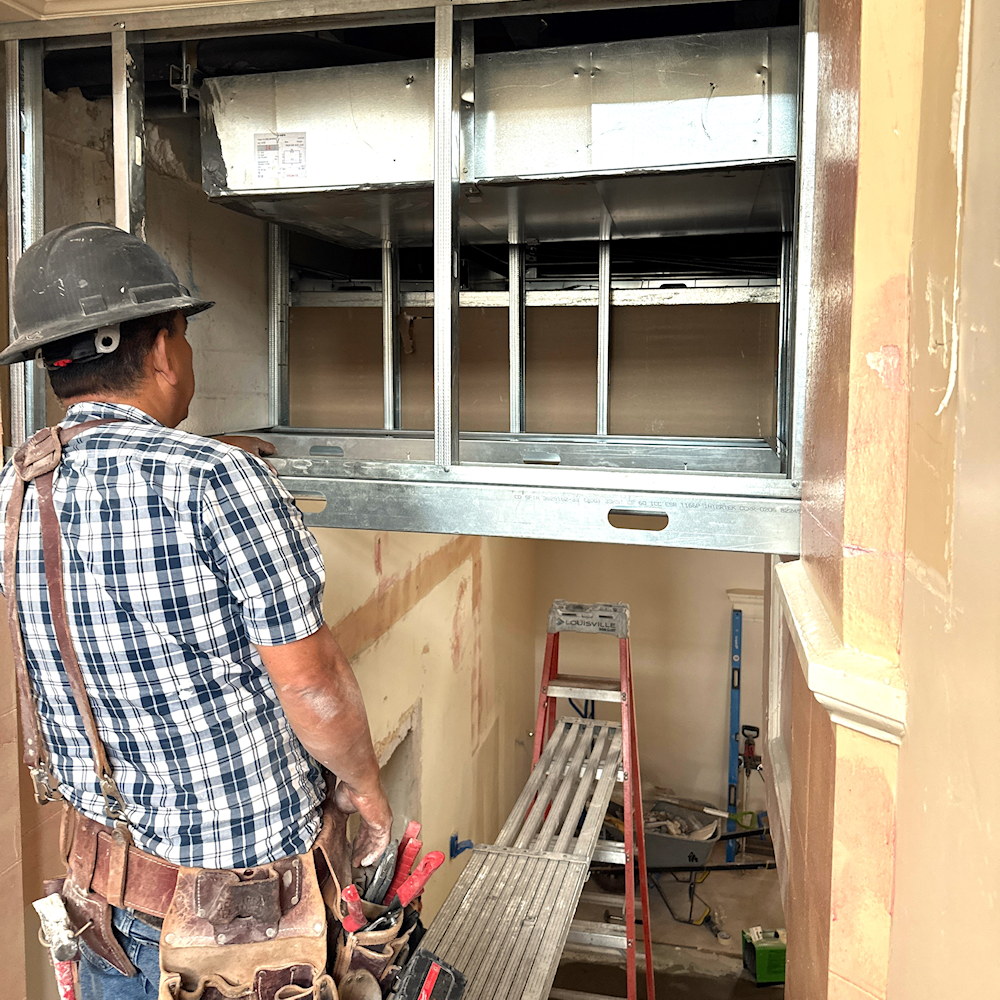
Immediate Repairs vs. Comprehensive Renovations: A Contractor’s Perspective
Property owners and managers often face a critical question: address issues as they arise, or commit to full-scale renovations? With 20+ years of experience across multifamily, hotel, mixed-use, and affordable housing projects, we’ve seen both strategies in action. Each has its merits – and its costs. But the most effective solutions blend both. In this post, we’ll break down each approach and explain why a strategic, balanced plan delivers the strongest long-term results.
The Incremental Approach
Advantages:
- Lower initial cash outlay, making it accessible when capital is constrained
- Ability to prioritize urgent safety concerns first
- Minimal disruption to current tenants and operations
- Flexibility to adapt to emerging issues or changing priorities
- Can address seasonal concerns when they’re most relevant
Disadvantages:
- Higher costs over time due to repeated mobilization and setup
- Potential for “repair fatigue” among residents and guests
- Risk of newer fixes conflicting with existing systems
- Difficulty maintaining aesthetic consistency
- Extended overall timeline of property disruption
The Comprehensive Renovation
Advantages:
- Cost efficiency through bulk purchasing and single mobilization
- Opportunity to implement integrated, future-proof systems
- Consistent aesthetic and functional outcomes
- Shorter overall disruption period
- Potential for significant operational cost savings through modern systems
Disadvantages:
- Substantial upfront capital requirement
- More complex financing needs
- Tenant relocation often necessary
- Guest rooms taken out of inventory and services disrupted
- Risk exposure if market conditions change
- Higher stakes if unexpected issues arise
The Balanced Approach
Time and again, we’ve seen that the most successful property managers adopt a strategic hybrid approach. This typically includes:
- Immediately addressing critical safety concerns and compliance issues
- Creating a comprehensive property assessment to identify all needed repairs
- Developing a 3-5 year capital improvement plan with logical system groupings
- Scheduling renovations during natural vacancy cycles or seasonal downtimes
- Building financial reserves for both planned upgrades and emergency repairs
This balanced strategy allows for predictable budgeting while maintaining flexibility. Properties remain competitive in the market without the financial strain of complete overhauls. Equally as important, and brands avoid the potential for reputation damage from persistent deferred maintenance.
A planned approach delivers clear benefits. Tenant retention improves, net operating income (NOI) stabilizes, and long-term appreciation strengthens. So, our recommendation: Don’t simply choose between “fix now” or “fix later.” Create a tailored plan instead. Consider your property type. Think about your tenant/guest profile and evaluate your available capital. Align with your investment timeline. This strategy consistently outperforms the extremes.
